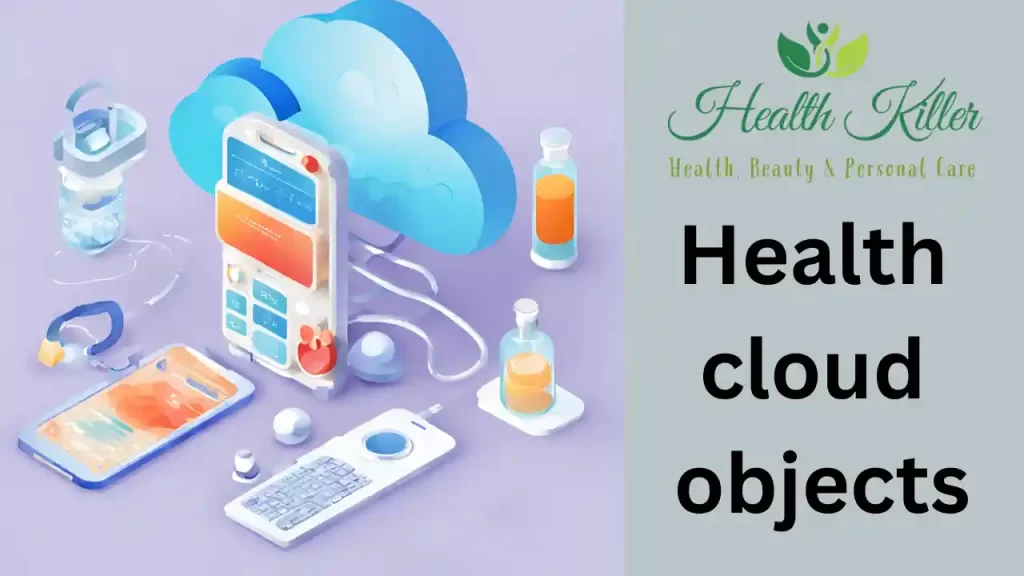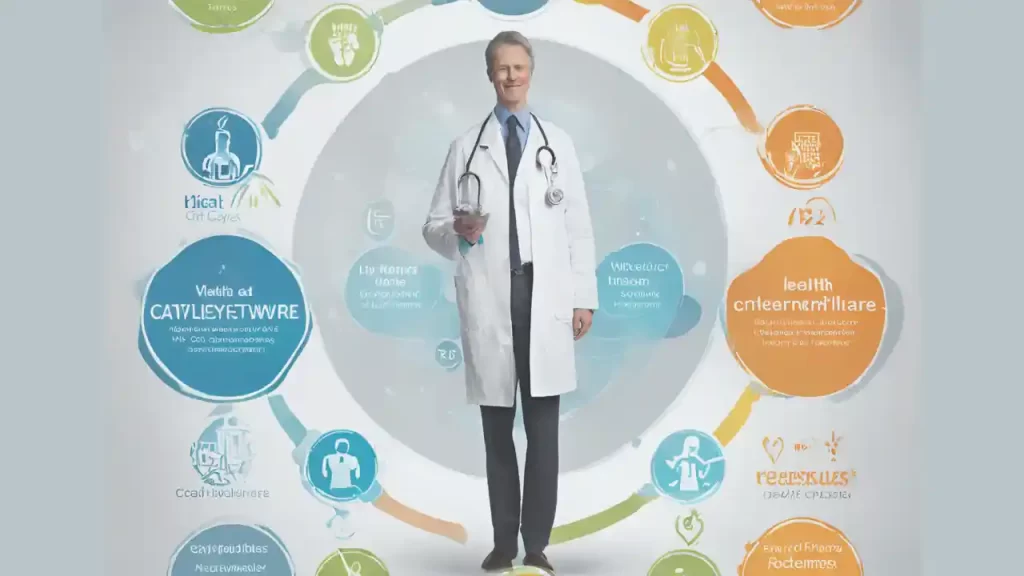
In the digital era, where data is the lifeblood of the healthcare industry, the advent of health cloud objects has brought about a transformative shift in how medical information is stored, accessed, and utilized. With the convergence of cloud computing technology and healthcare, the concept of health cloud objects has emerged as a cornerstone in modern healthcare infrastructure, offering a myriad of benefits and opportunities for stakeholders across the continuum of care.
Introduction to Health Cloud Objects
Health cloud objects represent a paradigm shift in healthcare data management, leveraging cloud-based storage and computing resources to store, organize, and analyze vast amounts of medical data securely and efficiently. Unlike traditional data storage methods, which often rely on on-premises servers and infrastructure, health cloud objects harness the power of the cloud to deliver unprecedented scalability, accessibility, and interoperability.
Benefits of Health Cloud Objects
Improved Data Accessibility
One of the primary advantages of health cloud objects is the ability to access medical data from anywhere, at any time, with an internet connection. This seamless accessibility enables healthcare providers to retrieve patient information instantaneously, facilitating faster decision-making and improving the quality of care.
Enhanced Collaboration
By centralizing medical data in the cloud, health cloud objects facilitate collaboration among healthcare professionals, allowing for real-time sharing and exchange of patient information across disparate systems and organizations. This collaborative approach promotes care coordination and interdisciplinary communication, leading to better patient outcomes.
Scalability and Flexibility
Health cloud objects offer unparalleled scalability, allowing healthcare organizations to scale their infrastructure and resources dynamically in response to changing demands and requirements. Whether it’s accommodating an influx of new patients or expanding services to new locations, cloud-based solutions provide the agility and flexibility needed to adapt to evolving healthcare landscapes.
Key Features of Health Cloud Objects
Data Security Measures
Security is paramount in healthcare, and health cloud objects prioritize data protection through robust encryption, access controls, and authentication mechanisms. By adhering to industry-leading security standards and compliance regulations, cloud-based solutions ensure the confidentiality, integrity, and availability of sensitive medical information.
Integration Capabilities
Interoperability is essential for seamless information exchange in healthcare, and health cloud objects excel in integrating with existing systems and applications. Whether it’s electronic health records (EHR), medical imaging systems, or patient portals, cloud-based solutions offer comprehensive integration capabilities to streamline workflows and improve data interoperability.
Customization Options
Every healthcare organization has unique needs and requirements, and health cloud objects provide customizable solutions tailored to specific use cases and workflows. From configurable data models to customizable user interfaces, cloud-based platforms offer flexibility and adaptability to meet the diverse needs of healthcare providers and stakeholders.
Applications of Health Cloud Objects
Electronic Health Records (EHR)
EHR systems form the cornerstone of modern healthcare delivery, and health cloud objects play a crucial role in facilitating the storage, retrieval, and exchange of electronic health records. By centralizing patient information in the cloud, EHR platforms enable healthcare providers to access comprehensive patient data anytime, anywhere, leading to more informed clinical decision-making and improved care coordination.
Health Information Exchange (HIE)
Health cloud objects serve as the backbone of health information exchange (HIE) networks, enabling secure and interoperable sharing of patient data among healthcare organizations, providers, and other stakeholders. By breaking down data silos and fostering information exchange, HIE platforms promote care continuity, reduce duplicative tests and procedures, and enhance patient safety and satisfaction.
Telemedicine Platforms
The rise of telemedicine has transformed the way healthcare is delivered, and health cloud objects underpin the infrastructure of telemedicine platforms, facilitating remote consultations, virtual visits, and remote patient monitoring. By leveraging cloud-based technologies, telemedicine platforms enable patients to access care conveniently from the comfort of their homes while ensuring the security and privacy of their medical information.
Challenges and Solutions
Data Privacy Concerns
Despite the numerous benefits of health cloud objects, concerns regarding data privacy and security remain prevalent among healthcare organizations and patients. To address these concerns, cloud service providers implement robust security measures, such as encryption, access controls, and data anonymization, to safeguard sensitive medical information and mitigate the risk of data breaches.
Regulatory Compliance
Healthcare is a highly regulated industry, with stringent compliance requirements governing the storage, transmission, and handling of patient data. Health cloud objects adhere to industry-specific regulations, such as HIPAA in the United States and GDPR in the European Union, ensuring compliance with data privacy and security standards and protecting patient confidentiality and rights.
Interoperability Issues
Interoperability remains a significant challenge in healthcare, with disparate systems and formats hindering the seamless exchange of medical information. Health cloud objects address interoperability issues by supporting standard data formats and protocols, facilitating data exchange and integration across heterogeneous systems and platforms.
Future Trends in Health Cloud Objects
Artificial Intelligence and Machine Learning Integration
The integration of artificial intelligence (AI) and machine learning (ML) technologies holds immense promise for the future of health cloud objects, enabling advanced analytics, predictive modeling, and personalized medicine. By harnessing the power of AI and ML, healthcare organizations can derive actionable insights from vast amounts of medical data, driving innovation and improving patient outcomes.
Blockchain Technology
Blockchain technology is poised to revolutionize healthcare data management by providing a decentralized and immutable ledger for storing and sharing medical information securely and transparently. By leveraging blockchain-based solutions, health cloud objects can enhance data integrity, traceability, and auditability, empowering patients with greater control over their health information and facilitating trust and collaboration among stakeholders.
Remote Patient Monitoring
The adoption of remote patient monitoring (RPM) is on the rise, fueled by advances in wearable devices, IoT sensors, and telehealth platforms. Health cloud objects enable the seamless integration of RPM data into electronic health records, empowering healthcare providers to monitor patients’ health remotely, detect early warning signs, and intervene proactively to prevent complications and hospital readmissions.
Conclusion
In conclusion, health cloud objects represent a transformative force in healthcare data management, offering unparalleled scalability, accessibility, and interoperability. By harnessing the power of the cloud, healthcare organizations can unlock new opportunities for innovation, collaboration, and patient-centered care. As the healthcare landscape continues to evolve, health cloud objects will play an increasingly integral role in driving efficiencies, improving outcomes, and transforming the delivery of healthcare services.
Unique FAQs: Health Cloud Objects
What distinguishes health cloud objects from traditional data storage methods?
Health cloud objects leverage cloud-based technologies to offer scalability, accessibility, and interoperability, unlike traditional on-premises solutions.
How do health cloud objects address data privacy concerns in healthcare?
Health cloud objects implement robust security measures, such as encryption and access controls, to safeguard sensitive medical information and ensure compliance with regulatory requirements.
What role do health cloud objects play in telemedicine?
Health cloud objects underpin the infrastructure of telemedicine platforms, enabling remote consultations, virtual visits, and remote patient monitoring securely and efficiently.
How can healthcare organizations benefit from the integration of AI and ML with health cloud objects?
The integration of AI and ML with health cloud objects enables advanced analytics, predictive modeling, and personalized medicine, driving innovation and improving patient outcomes.
What are the future trends in health cloud objects?
Future trends in health cloud objects include the integration of blockchain technology, remote patient monitoring, and advanced AI and ML capabilities to enhance data integrity, interoperability, and patient care.


